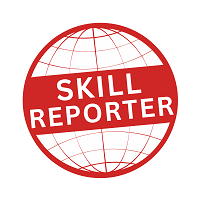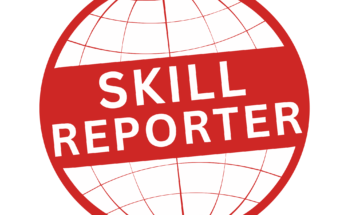Building construction and real estate will require 31.13 millions incremental human resources by 2022. It is revealed in the skill gap analysis reports commissioned by the National Skill Development Corporation (NSDC).
The government has adopted skill development as a national priority over the next 10 years. In this backdrop, the NSDC has measured the skill gap and gave a granular knowledge of where our focus must be for skill development scheme. In view to use it as a planning tool for determining the skill gaps in various sectors.
On the basis of this report, the Ministry of Housing and Urban Poverty Alleviation, New Delhi, has written letters to all government departments providing skill development. In the communiqué the ministry has drawn the attention that as per sector-wise data received from the States, it was observed that training in skill development was mostly limited to information technology; communication technology; garment making; designing; hair dressing; banking and accountancy; fashion designing and retail segments.
But as per skill gap analysis of NSDC indicated that most of the demand for incremental human resource was in building and construction; real estate; retail; transportation and logistics; textile and clothing; handlooms and handicrafts, most of these sectors have been left out while imparting skill development. So the training must be encouraged in those sectors where there was great demand in the coming years.
The NSDC has mapped skill gaps in 20 high growth sectors and has earmarked top 10 priority sectors in the country which could have surge in workforce requirement by 2022. According to the analysis building construction and real estate will have the maximum incremental human resource requirement of 31.13 million followed by retail sector of 17.35 million whereas the auto and auto components will have the minimum requirement of 3.9 million. Incremental human resource requirement in transportation and logistics will be 11.66 million and tourism, hospitality and travel will require 6.48 million.
More than 1000 industry experts, 19 Sector Skill Councils, 110 training institutions and 1500 plus trainees were engaged in the study. Main objective of the study is to understand sectorial and geographical spread of skill requirements that are expected to exist in future. “Figures have been estimated on the basis of extensive stakeholders engagement including small, medium and large enterprises in every sector as well as Sector Skill Councils (SSCs), training providers in skills space and academia across the country,” states the study.
Note: News shared for public awareness with reference from the information provided at online news portals.


